|
The cruise is over, but we asked two of our undergraduate researchers (and first-time cruisers), Cristian Camacho and Valeria Nuñez, to share their experiences! As two undergraduates at Texas A&M University, Corpus Christi (TAMUCC), the opportunity to be a part of a research cruise in the Gulf of Mexico wasn’t something we thought would cross our paths until we were given the chance by our research professor, Dr. Simon Geist. Working in Dr. Geist’s Early Life History Research Lab consists of helping with the work that is shaped into the current research projects of his graduate students. We were presented with this rare opportunity that not many undergraduates are given and these are our experiences: Valeria: Being a marine biology major, I’ve heard of all sorts of reactions from friends and family about the choice of my degree. The reactions range from surprise and doubt about job security, curiosity as to what kind of work that entails, and even praise for trying to save the planet. With all these reactions, I stayed strong with my decision, and the experience of being a part of this research cruise has even solidified it. Being surrounded by skilled scientists was a little intimidating at first, but they all made me feel so welcome and they all contributed to helping learn along the way. I learned many things I could have only learned while being in the field, including making some mistakes along the way. The tasks that were given to me at hand challenged me, and being able to handle them made me feel much more confident as a student scientist. I saw many zooplankton species that I hadn’t seen before, including a lobster and a squid! I hadn’t encountered many of the species we caught so it was neat to see them in our nets. Overall, I am very grateful and happy to have been given the chance to be on this research cruise, and I will carry my experience forward to many more scientific opportunities that come my way.
Cristian: Back in Corpus Christi, I am known as the friend who wants to travel to visit all the national parks in the US and to experience more of the world. I’ve always spoken about visiting the west coast states or revisiting Europe to see my birth country, Germany, and the surrounding countries. I never thought to venture out into the deep blue sea. I was excited, to say the least, when Dr. Geist asked me if I would like to be part of the research team on the RAPID Plankton cruise. It was one of the most eye-opening research experiences yet! I made new friends, learned how to tame the MOCNESS, and saw many new kinds of plankton, including copepods in the family Sapphirinidae! When I first thought about becoming a marine biologist I never knew what I would like to concentrate on because the ocean has such a vast biodiversity of marine life. Being exposed to new labs and seeing what they research was a learning experience on its own. I had the chance to learn about the most abundant predators of the ocean, nanoflagellates, and I was able to see the beautiful colors of live ctenophores. This research opportunity was more than an offshore experience. It made me feel like I was truly a scientist.
0 Comments
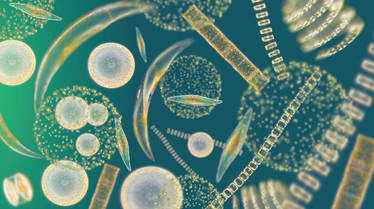 An example of some of the phytoplankton found in the ocean, image credit unknown An example of some of the phytoplankton found in the ocean, image credit unknown Posted by Beth Stauffer, Assistant Professor of Biology, UL Lafayette Our cruise is focused on plankton in the Gulf of Mexico, but this term really describes a lifestyle of “wandering” or “going with the flow” of the currents more than a group of organisms. Gabrielle Corradino, a PhD student with Dr. Astrid Schnetzer at NC State University, and I are studying the tiniest of these - and the ones at the base of the food web - on this cruise. Much like plants on land, microscopic phytoplankton are the photosynthetic members that use light and carbon dioxide to produce carbohydrates (or sugars) and oxygen. They do this really well: more than 50% of the oxygen on our planet is produced by phytoplankton in the ocean! This primary production also makes phytoplankton the base of the marine food web. Zooplankton, fish, even large animals like dolphins and whales, rely on these food webs! Our project is specifically focused on understanding the effects of Hurricane Harvey and its floodwaters on planktonic food webs in the Gulf. Therefore, we have to quantify who is there, since different species of phytoplankton can support different consumers. The main instrument we use to do this is the CTD (conductivity-temperature-depth), which is a suite of sensors mounted to a cage that is lowered over the side of the ship. The cage also holds bottles which can be triggered to collect water at specific depths. We collect water from these bottles for analyses back in the lab using microscopes, a flow cytometer (to look at the really small stuff), and based on their DNA, which can tell us what’s there without us even seeing it. Check out Gabrielle’s Instagram (@marchoftheplankton) to see this instrument in action! We are also running experiments while on the ship to measure how much consumption is going on by two different groups of zooplankton: small single-called microzooplankton that can grow almost as fast as their prey, and larger copepods that you might recognize from Sponge Bob Square Pants! These experiments are done in bottles in a tub on the back deck that has seawater running through it. We try to mimic the natural ocean as much as possible for the 24 hours we let those food webs function. We were lucky to have been out here in late July sampling plankton as part of the NOAA-supported Gulf of Mexico Ecosystems and Carbon Cruise (GOMECC3). This was about a month before Harvey hit the Texas coast. The data we’re collecting on this cruise will help us see how who is there and what they’re doing has changed after such a massive pulse of freshwater was delivered to the system. It will also tie into the rest of our group’s work on larger zooplankton and the complex food webs that are supported by the tiny phytoplankton. |
AuthorsMembers of the Stauffer Lab in the Dept. of Biology at UL Lafayette. Check out the byline for specific blog post author information! Archives
March 2018
Categories |
Proudly powered by Weebly
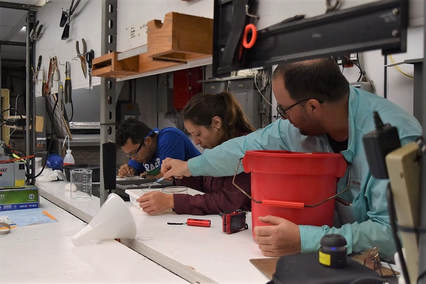
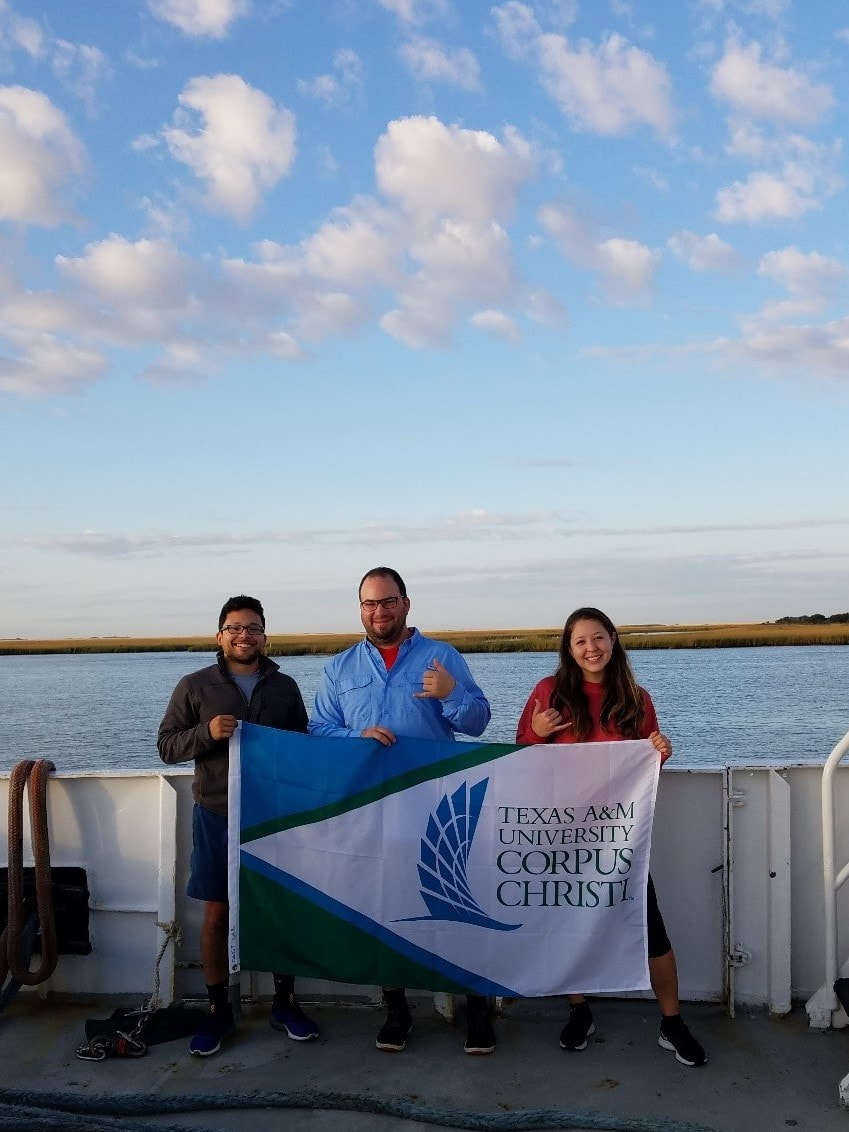
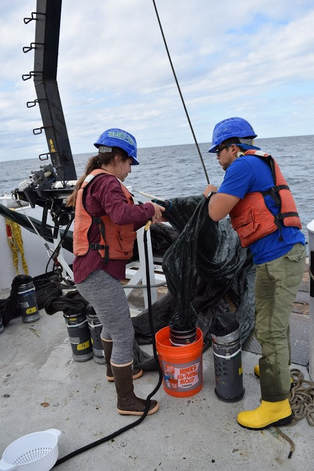
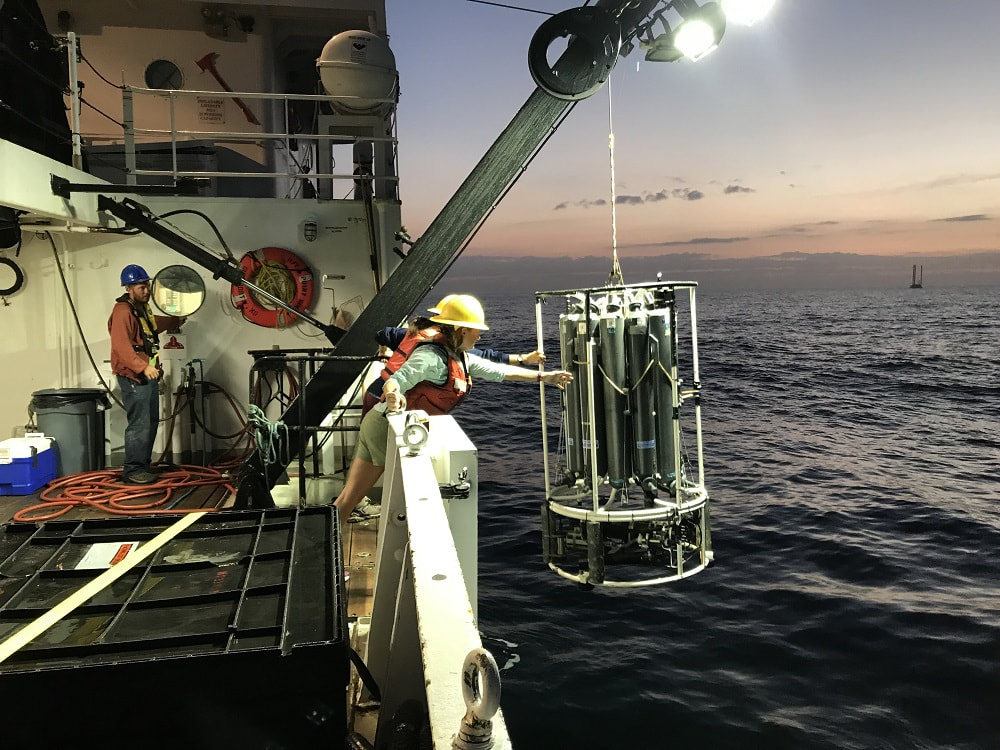
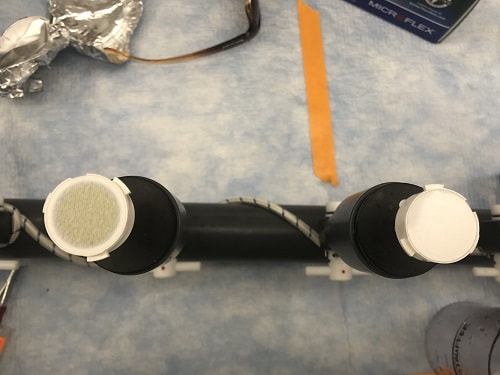

 RSS Feed
RSS Feed